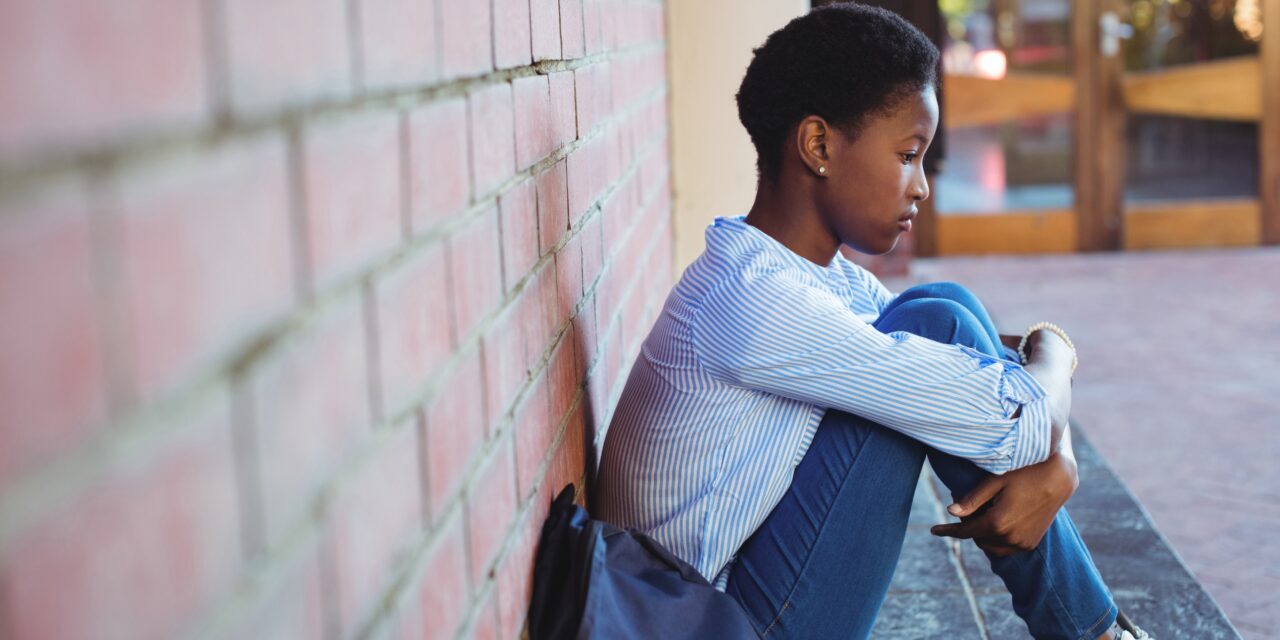 Bloomington, IN–Extensive research has shown that African-American boys face higher rates of school discipline than other students. But a study co-authored by an Indiana University sociologist finds that racial disparities in school discipline are even greater for African-American girls.
Bloomington, IN–Extensive research has shown that African-American boys face higher rates of school discipline than other students. But a study co-authored by an Indiana University sociologist finds that racial disparities in school discipline are even greater for African-American girls.
The study finds that black girls are three times as likely as white girls to be sent to the office for what teachers or school staff judge to be classroom misbehavior. Black boys are twice as likely as white boys to be referred to the office. Black girls are just as likely to receive an office referral as white boys.
“The gender benefit, the protective role of gender, is completely erased for black girls,” said Brea Perry, associate professor of sociology in the College of Arts and Sciences at IU Bloomington and co-author of the paper with Ed Morris, a sociologist at the University of Kentucky. “We think that’s a significant finding, given all the research that shows boys are more likely to act out and to be disciplined.”
The study breaks new ground with its approach to examining the combined roles of race and gender in understanding disparities in school discipline. The approach demonstrates how bias and gender stereotypes can either lessen or exaggerate the influence of race.
The researchers analyzed an extensive data set of records for students who attended middle and high schools in a large, urban district in Kentucky from 2007 to 2011. The district was typical in the rate at which it disciplined students and comparable to schools in the southeastern U.S. in its racial and demographic composition. Findings were adjusted to screen out any impact on discipline related to students’ socioeconomic status, student test scores and the effect of attending different schools.
While much previous research has focused on racial disparities in suspension and expulsion from school, Morris and Perry examine referrals to the school office, the gateway to formal school discipline. They find the biggest disparities are for low-level offenses that could lend themselves to subjective responses by teachers and staff: things like disobedience, disruptive behavior and inappropriate dress.
“We found black girls are disproportionately vulnerable to getting office referrals for these relatively minor offenses,” Perry said. “This is an area where there’s a lot of discretion on the part of teachers or other staff. They may just give a warning or they may give a referral.”
The study also found that black girls were most vulnerable to disparities in discipline for actions that could be seen as inconsistent with conventional norms of femininity — for example, if they acted in ways that were deemed too loud or assertive. That aligns with a previous study in which Morris observed classroom interactions and noted that teachers often questioned black girls’ manners and behavior.
The researchers also found Asian students were less likely than white students to be referred to the office. Latino students were less likely than white students to be referred to the office for minor violations when the data were adjusted to account for socioeconomic differences.
The paper, “Girls Behaving Badly? Race, Gender and Subjective Evaluation in Discipline of African American Girls,” appears in the April 2017 issue of Sociology of Education, a journal of the American Sociological Association.




